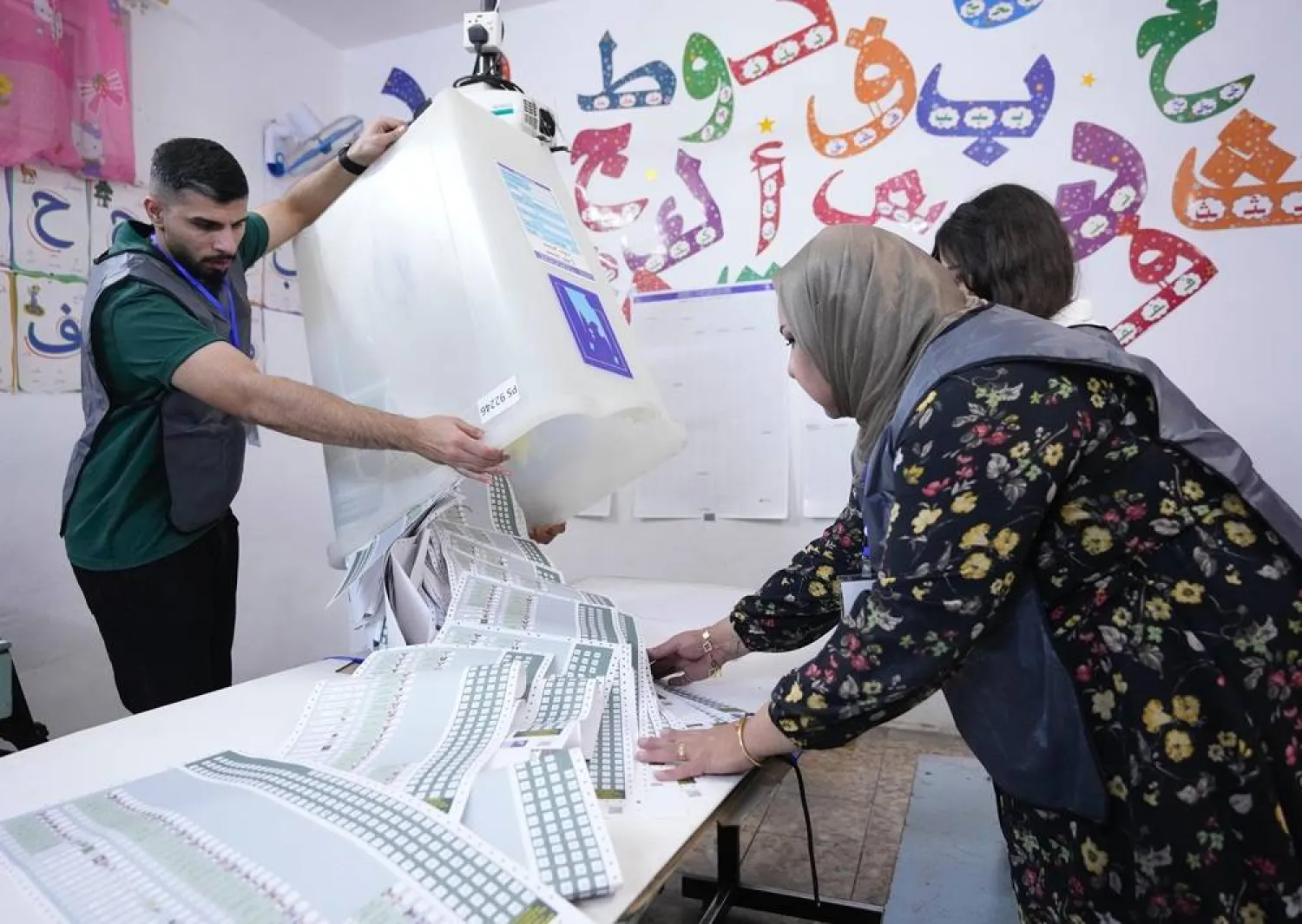Ukraine was once again present at the closed meeting of Western and Arab envoys on Syria. But this time, the attendees discussed the means to deal with a politically “forgotten” Middle Eastern Arab state, mired in its economic crisis and geographical divisions, in light of the Russian-Western fiery clash over the land of an eastern European country and its sea and land neighborhoods.
In theory, the Paris meeting, which was called for by French Envoy Brigitte Curmi, was intended to match the positions of Arab and foreign countries, which are involved in varying degrees and with “different weapons” in Syria.
In fact, understanding the stances of these countries, as well as their public and implicit statements and slogans, was necessary, two months after the outbreak of the Ukrainian war, with Washington’s insistence on assuming a “leading role” in the Syrian file, and ahead of the international donors’ conference in Brussels on May 10, which was initially focused on raising funds for millions of Syrians, back when their crisis prevailed over the international agenda.
On the eve of the meeting, the attendees held bilateral and tripartite consultations, before convening a separate expanded session and another with the participation of UN envoy Geir Pedersen. Many discussions and ideas were said and reiterated in previous rounds by the participants themselves, or by their predecessors during the decade of the Syrian crisis.
What’s new, however, were some of the issues that imposed themselves on the agenda: The first shock was the tragedy of the Tadamon neighborhood massacre in southern Damascus, which was revealed by The Guardian. The newspaper published documented photos of the execution of dozens of civilians in this Syrian quarter in 2013. At the meeting, US envoy Ethan Goldrich and a number of his European counterparts stressed the importance of “accountability for crimes” and adherence to the Caesar Act approved by the US Congress.
The “proponents of normalization” with Damascus were also reminded of the importance to avoid “Arab normalization with the regime,” in addition to the Westerners’ reference to the role played by national courts in Europe in prosecuting “war criminals.”
The second case pertained to the Ukrainian war. Concern prevailed over the Western-Russian division there, which would impede the extension of the international mechanism for cross-border humanitarian aid in July.
The Russian side has indeed pointed to this matter. In fact, the US-Russian dialogue, which was launched after the summit of Presidents Vladimir Putin and Joe Biden in Geneva in mid-June, and during which three sessions focused on the humanitarian file, was completely frozen after the Ukrainian war. What’s left is only an accord on the need to “prevent conflict” between the US and Russian armies between the east and west of the Euphrates.
In the Paris meeting, it was noticeable that Western countries “see the Syrian regime as an extension of Russia, especially after Damascus fully adopted Moscow’s position, and even amplified it.”
Some of these countries are looking for “means to hold Damascus accountable,” in the face of a contradictory and multi-sectarian Arab position.
In this regard, a number of Arab states are openly supportive of Moscow and its position in Ukraine, and may want to expedite normalization with Damascus or to circumvent sanctions to finance reconstruction.
Others expressed “hope that the Western-Russian polarization in Ukraine will not increase the suffering of the Syrians,” while major countries maintained their position that Damascus should meet “Arab and Syrian requirements.”
In any case, Ukraine has become an additional perspective for Arab and Western views on Syria.
The third issue was related to Pedersen’s proposal for a “step for step” approach, based on elements that include humanitarian aid, ceasefire, sanctions, early recovery, refugees, displaced people, and prisoners. Indeed, participants engaged in a detailed discussion about the efficacy of the proposal at the present time, amid the Russian-American division.
Moreover, questions were raised about the seriousness of Moscow and Damascus in agreeing to this proposal, especially in light of stances publicly expressed by the officials of the two countries. The Russian side wants to focus on the constitutional track, and rejects any shadows casting on its “accomplishment,” while Damascus refuses to engage in the new approach or any other, “with the presence of the American and Turkish occupations.”
The two sides are perhaps only interested in the funds that the “step for step” approach can provide through the clause of the “early recovery” support under Resolution 2585.
In general, with the lack of important initiatives by the major powers for the Greater Syria file, the meeting saw acceptance of the details and the continuation of collecting some factors for the “step for step” approach, without setting a specific timetable for this purpose. The participants also expressed support for the constitutional process.
Pedersen called for a meeting of the next round, to be held between May 28 and June 5, based on the mechanism adopted in the previous round.
On April 26, Pedersen sent out invitations to representatives of the government, the opposition and civil society, in which he said: “In implementation of my mandate, I invite you to the eighth session of the Constitutional Committee, led and owned by Syria, based on the same mechanism applied in the sixth and seventh sessions.”
He continued: “I am happy to reiterate that additional principles will be presented before delegations leave for Geneva, and that no less than 4 principles will be discussed during the eighth session.”
The Paris meeting was a Western-Arab visit to “forgotten Syria,” to say that it was “not forgotten.” However, the meeting revealed, once again, that Syria is an attachment to other files, and a captive of the moving or stagnant waters between Moscow and Washington.









